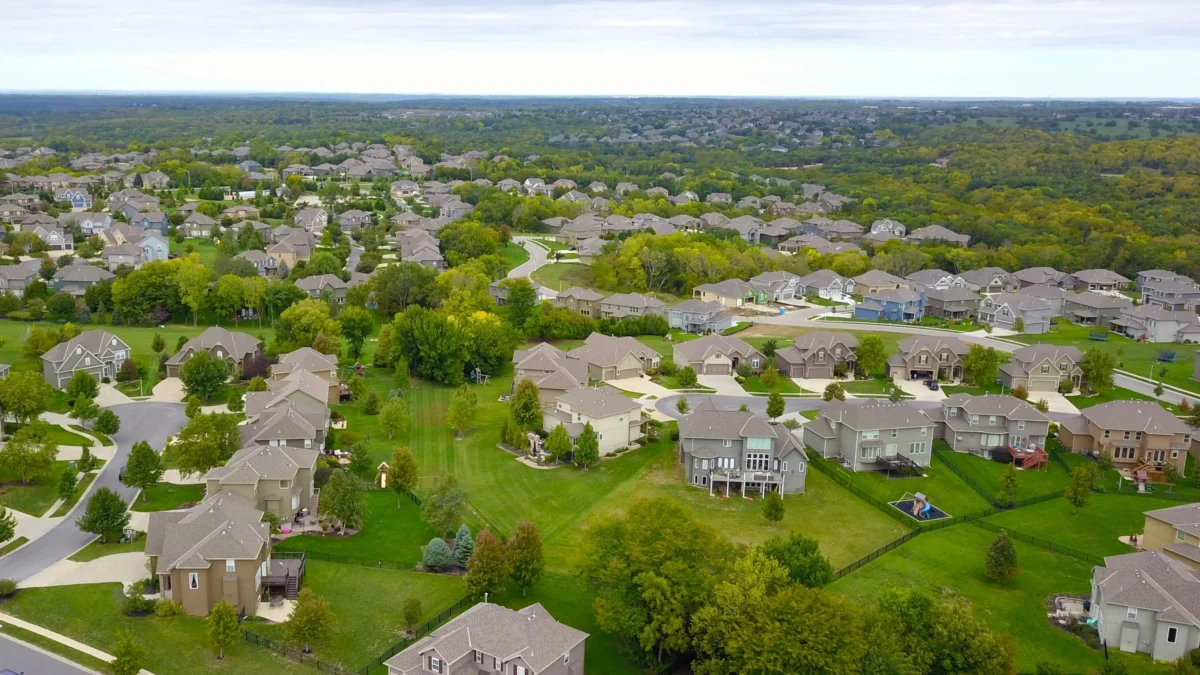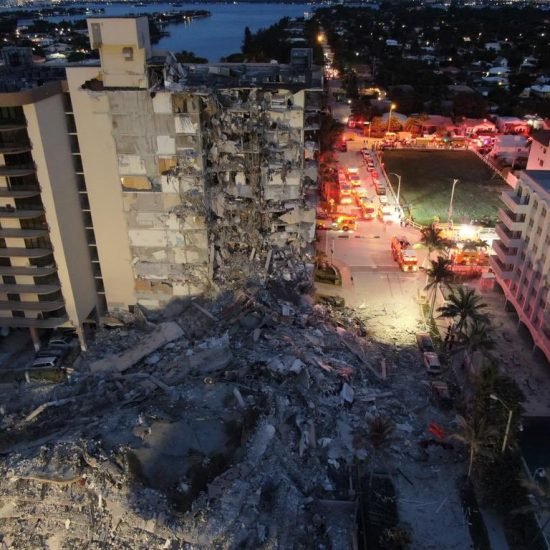
Reserve studies are a cornerstone of financial planning for many homeowner associations (HOAs). The purpose of the reserve study exercise is to estimate the future spending required to pay for major maintenance and replacement of community owned assets in a common interest setting such as a condominium or planned development (P.U.D.). This future spending estimate is then used to design a long-term funding plan, sometimes referred to as a funding model or funding strategy.
The industry-standard practice is to prepare a 30-year reserve study that that begins on the first day of the HOA budget year, and is updated each year. In this manner, the 30-year planning horizon continues to inch forward one year at a time. Spending requirements that may lie beyond the 30-year cut-off date are not considered in the projected spending until such time as the scheduled year of the expenditure/s are within the 30-year planning horizon.
In theory, this proactive planning tool should ensure that HOAs have sufficient reserves to meet their long-term obligations without resorting to special assessments or loans. In practice, however, reserve studies are often riddled with flaws that make them fundamentally unreliable. In this article we are going to explore the many reasons why your HOA’s reserve study is likely to be proven wrong in the future.
Errors in Replacement Cost Estimating
One of the most significant issues in reserve studies is inaccurate replacement cost estimating. Many studies rely on outdated cost data or fail to account for site-specific factors that can drastically alter the actual costs. For instance, the cost of replacing windows in a high-rise condominium can vary widely based on the building’s age, construction materials, and logistical challenges. By underestimating or overestimating these costs, reserve studies can mislead HOAs into thinking they are better prepared than they are.
Uncertainty of Inflation Assumptions
Reserve studies typically include an annual inflation rate to forecast future costs, but these assumptions are often overly simplistic. Inflation is not static; it fluctuates based on economic conditions, labor market trends, and material shortages. Construction costs have shown a tendency to outpace general inflation rates. When studies fail to account for these variations, they leave HOAs vulnerable to funding shortfalls.
Lack of Consistency in Preventive Maintenance
Preventive maintenance plays a critical role in extending the lifespan of components, yet many reserve studies assume uniform maintenance practices. The reality is far more complex. HOAs with inconsistent or inadequate maintenance practices will experience accelerated wear and tear, leading to earlier-than-expected replacements and higher costs. Conversely, well-maintained components may exceed their estimated lifespans, potentially overfunding reserves if not properly accounted for.
The Unknown Impacts of Climate and Weather Changes
Climate change introduces a level of uncertainty that traditional reserve studies fail to address. Rising temperatures, more frequent extreme weather events, and shifting precipitation patterns can all affect the longevity of building systems and common areas. For example, increased rainfall may lead to accelerated roof degradation, while higher temperatures can impact HVAC systems. Without incorporating climate resilience into their projections, reserve studies risk underestimating future costs.
Static Modeling vs. Dynamic Realities
Reserve studies often rely on static models that fail to account for the dynamic nature of building systems and community needs. For instance, technological advancements may make certain systems obsolete or introduce new maintenance requirements. Similarly, demographic shifts within the HOA can alter priorities, such as the need for enhanced accessibility features or updated recreational amenities. A one-size-fits-all approach simply cannot capture these evolving realities.
Insufficient Contingency Planning
Many reserve studies include minimal or no contingency funds for unexpected expenses. However, unforeseen issues such as hidden structural damage, regulatory changes, or unexpected system failures are inevitable over a 30-year horizon. The absence of robust contingency planning leaves HOAs exposed to significant financial risks.
Overlooking Non-Physical Assets
While reserve studies focus primarily on physical components, they often overlook the costs associated with non-physical assets. For example, as HOAs increasingly adopt digital systems for management and security, the need for IT infrastructure upgrades becomes a significant consideration. These costs can—and should—be factored into long-term planning.
Reactive Rather than Proactive Approach
Finally, reserve studies often reflect a reactive mindset. They aim to predict when components will fail rather than proactively addressing systemic issues. For example, a reserve study might schedule a roof replacement every 25 years without considering whether a more durable roofing material could extend that timeline and reduce costs over the long term.
Flaws in the Percent Funded Formula
Another critical flaw in reserve studies lies in the “percent funded” formula mandated by the widely accepted Reserve Study Standards (RRS) developed by the Community Association Institute (CAI). This metric is often used as a benchmark for the financial health of the reserve fund, but its methodology is inherently flawed. Many commercial reserve study software programs calculate the “percent funded level” (PFL) of the reserve fund overall by averaging the percent funded levels of each expenditure included in the reserve study’s funded asset inventory. The practice of averaging the PFL obscures the specific funding status of individual components and fails to highlight the urgency of specific funding deficiencies. For example, a reserve fund may appear well-funded overall, but critical components such as roofs or HVAC systems might be severely underfunded, posing significant risks to the HOA’s financial stability. The formula suggested by the CAI in the RSS calls for calculating the PFL for each funded component, and then summing the results of each calculation to arrive at the PFL of the reserve fund itself. Both approaches to determining the PFL of the reserve fund are flawed.
Furthermore, the PFL formula assumes that all components are of equal importance, ignoring the variability in replacement timelines, costs, and criticality to the community’s operations. By relying on an averaged metric, the percent funded formula provides a misleading snapshot that can encourage complacency among HOA boards and property managers. Relying on a summed calculation of PCL ignores the expenditures that are not currently funded under the Association’s chosen funding strategy.
Effective reserve planning requires a more granular approach, prioritizing individual components based on their unique characteristics and impact.
Toward Better Reserve Studies
If reserve studies are inherently flawed, what can HOAs do to improve their financial planning? Here are some recommendations:
- Adopt Dynamic Forecasting Models: Use predictive analytics and AI tools to account for variable factors such as inflation, maintenance practices, and climate change.
- Period Updates: Update reserve studies every three to five years based on a physical condition assessment performed by a qualified expert such as an architect or engineer.
- Annual Update: Update the study annually to account for changes in replacement costs, inflation, and other variables.
- Accounting for Major Changes: Use the update process to adjust for major changes in the community, component inventory or market conditions.
- Comprehensive Cost Analysis: Include all relevant costs, from soft costs like project management fees to emerging expenses like IT infrastructure.
- Enhanced Preventive Maintenance Programs: Align maintenance practices with reserve planning to ensure more accurate lifecycle predictions.
- Climate Resilience Planning: Incorporate climate impact assessments into reserve studies to address vulnerabilities and enhance sustainability.
By addressing these flaws, HOAs can transform reserve studies from static, often unreliable documents into dynamic tools for proactive financial management. It’s time for the industry to embrace innovation and accuracy to safeguard the financial health of community associations for generations to come.
Along the path of “Better Reserve Studies” it is essential to address additional critical flaws in reserve studies that can undermine their reliability and effectiveness. To this end, the industry should turn inward for a period introspection at which time the following critical issues regarding the current industry standards should be addressed:
Lack of Second-Party Validation
Most reserve studies lack peer review or second-party validation, which are standard practices in many professional fields to ensure accuracy and credibility. Without an independent review, errors or biases in the study may go unnoticed, leading to flawed financial planning and potential legal liabilities for HOAs.
Absence of Professional Standards to Prevent Conflicts of Interest
Currently, there are no stringent professional standards preventing reserve study providers from accepting engagements for services unrelated to the reserve study from the same client. This lack of regulation can lead to conflicts of interest, where the provider’s objectivity is compromised by the prospect of additional business opportunities. Such conflicts can result in recommendations that serve the provider’s interests rather than the HOA’s needs.
Comparison with Home Inspectors’ Professional Standards
In contrast, professional home inspectors adhere to strict standards that prohibit them from performing work on a property they have inspected within the previous year. This rule is designed to prevent conflicts of interest and ensure the inspector’s impartiality. Adopting similar standards in the reserve study industry could enhance the objectivity and reliability of reserve studies.
Risks of Community Management Companies Conducting Reserve Studies
Allowing community management companies to conduct reserve studies for the HOAs they manage poses significant risks. These companies may have inherent biases, consciously or unconsciously, that could influence the study’s outcomes. For instance, a management company might downplay necessary expenditures to present a more favorable financial picture, thereby securing their contract renewal. Such practices can lead to underfunded reserves and deferred maintenance, ultimately compromising the community’s long-term well-being.
Recommendations for Improvement
To address these issues, the following measures are recommended:
- Implement Peer Review Processes: Establish mandatory second-party validation for reserve studies to ensure accuracy and credibility.
- Establish Conflict of Interest Regulations: Develop and enforce professional standards that prohibit reserve study providers from offering additional services to the same client, similar to the standards in the home inspection industry.
- Engage Independent Reserve Study Providers: HOAs should hire independent, third-party professionals to conduct reserve studies, ensuring unbiased and objective assessments.
By implementing these measures, the integrity of reserve studies can be significantly enhanced, providing HOAs with reliable tools for effective long-term financial planning.
In the Absence of Industry Action
In the absence ofsweeping industry change, HOAs must take internal action to ensure the efficacy of the reserve study process. First and foremost, every Board of Directors should apply this three-question test to weed out imposters and service providers whose motives may not align with the interests of the Association. The test involves asking these questions of all prospective reserve study providers:
1. Would the reserve provider be wiling to conduct a reserve study for this Association for the amount proposed if, by accepting the engagement, the provider would be excluded from working for the Association in any other capacity?
2. Does the provider support a second-party validation of the provider’s reserve study?
3. Is the provider an advocate of the practice of periodically changing reserve study providers?
By implementing this simple test, the Board of Directors is ensuring the integrity of the Association’s reserve planning efforts, providing the HOA with a more reliable tool for effective long-term financial planning






